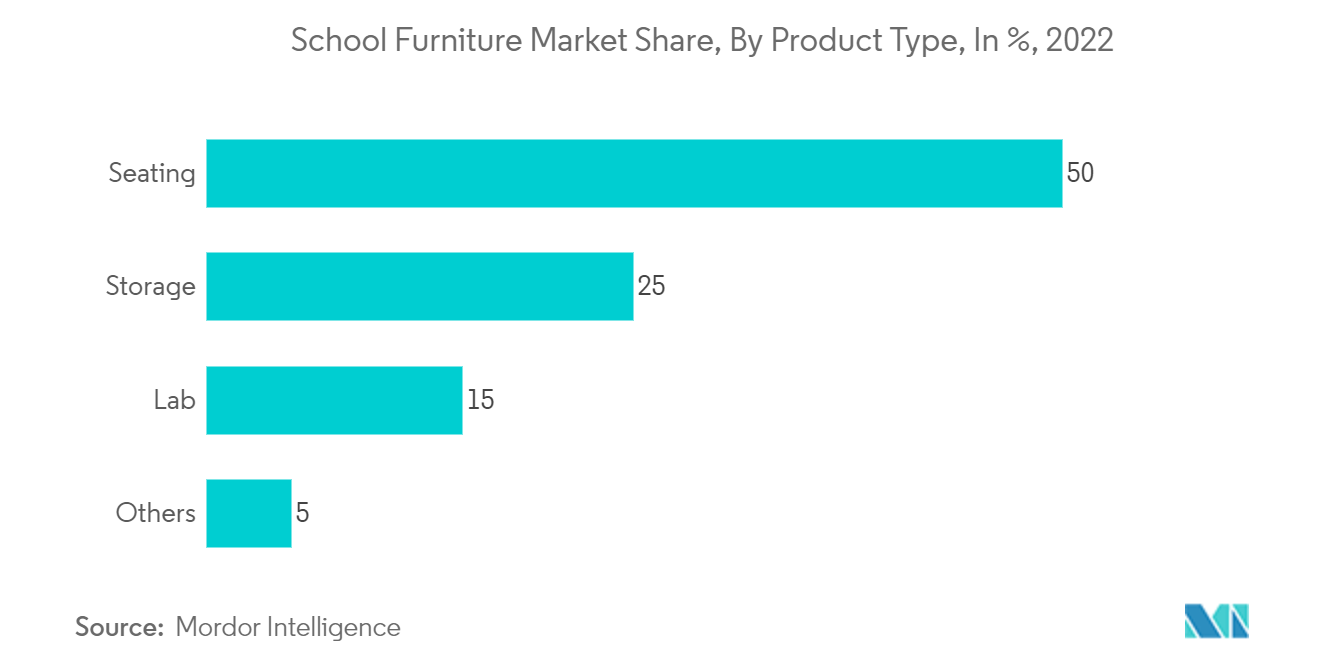Market Trends of Asia-Pacific School Furniture Industry
Increase in the Number of International Schools is Expected to Drive the Demand for this Market
The Asia-Pacific School Furniture Market has grown in recent years due to the increasing number of international schools in the region. As more expatriates and local families seek international education for their children, the demand for school furniture has risen. International schools often require high-quality furniture that is both functional and aesthetically pleasing. This has led to an increase in demand for customized furniture that can cater to the specific needs of these schools. Additionally, international schools tend to have larger budgets, which allows them to invest in high-end furniture that can provide a comfortable and conducive learning environment for their students.
Moreover, the growth of e-learning and digitalization has also impacted the school furniture market in the region. With the increasing use of technology in classrooms, schools are now looking for furniture that can accommodate electronic devices and support digital learning. Overall, the Asia-Pacific School Furniture Market is expected to grow in the coming years as more international schools are established and existing schools upgrade their facilities to keep up with changing educational trends.

Seating Segment Dominated the School Furniture Product Category
The seating segment dominated the Asia-Pacific market as Chairs and tables are widely used in the classrooms of the schools in the region. This is because seating is one of the most essential furniture in a classroom, as it directly affects students' comfort and concentration levels.
The seating segment includes chairs, desks, tables, and other seating arrangements designed specifically for schools. These products are available in various materials, designs, and sizes and are tailored to different age groups and learning requirements. For example, chairs for primary school students are often smaller and more colorful, while chairs for older students are more oversized and ergonomic.
The increasing number of schools drives the demand for seating products in the Asia-Pacific school furniture market, the growing focus on providing comfortable learning environments, and the rising demand for customized and innovative seating solutions. Other key factors include wide application, durability, and the ability to add mobility and functionality to increase the use of seating furniture in the market. Flexible seating is becoming a staple seat part of the classroom environment. Chairs that allow students to choose where and how they sit while they learn are becoming important in today’s classrooms. Students, teachers, and parents are coming to know the benefit of flexible seating as students can change the movement of the chair whenever they want, depending on their mood.


